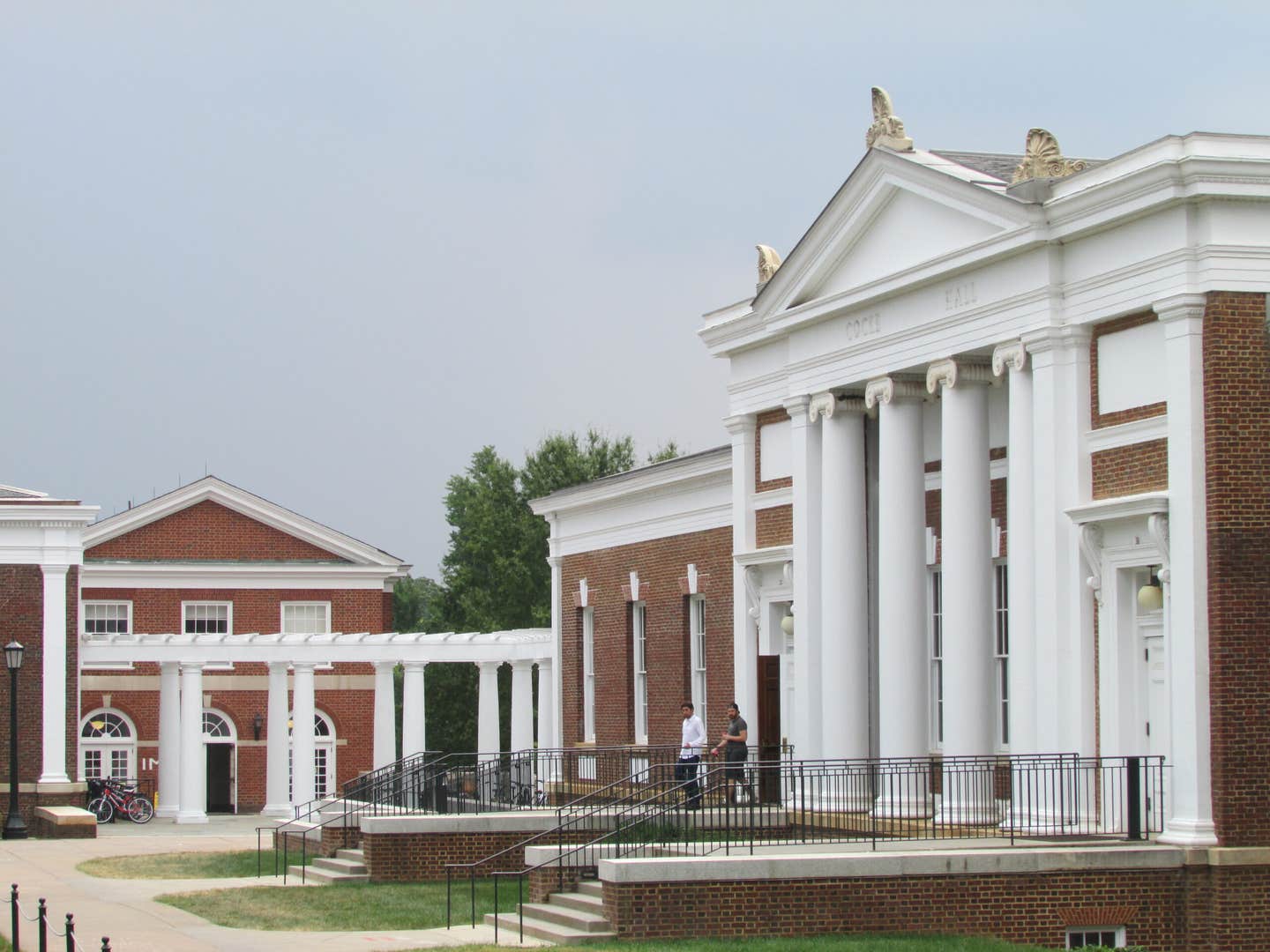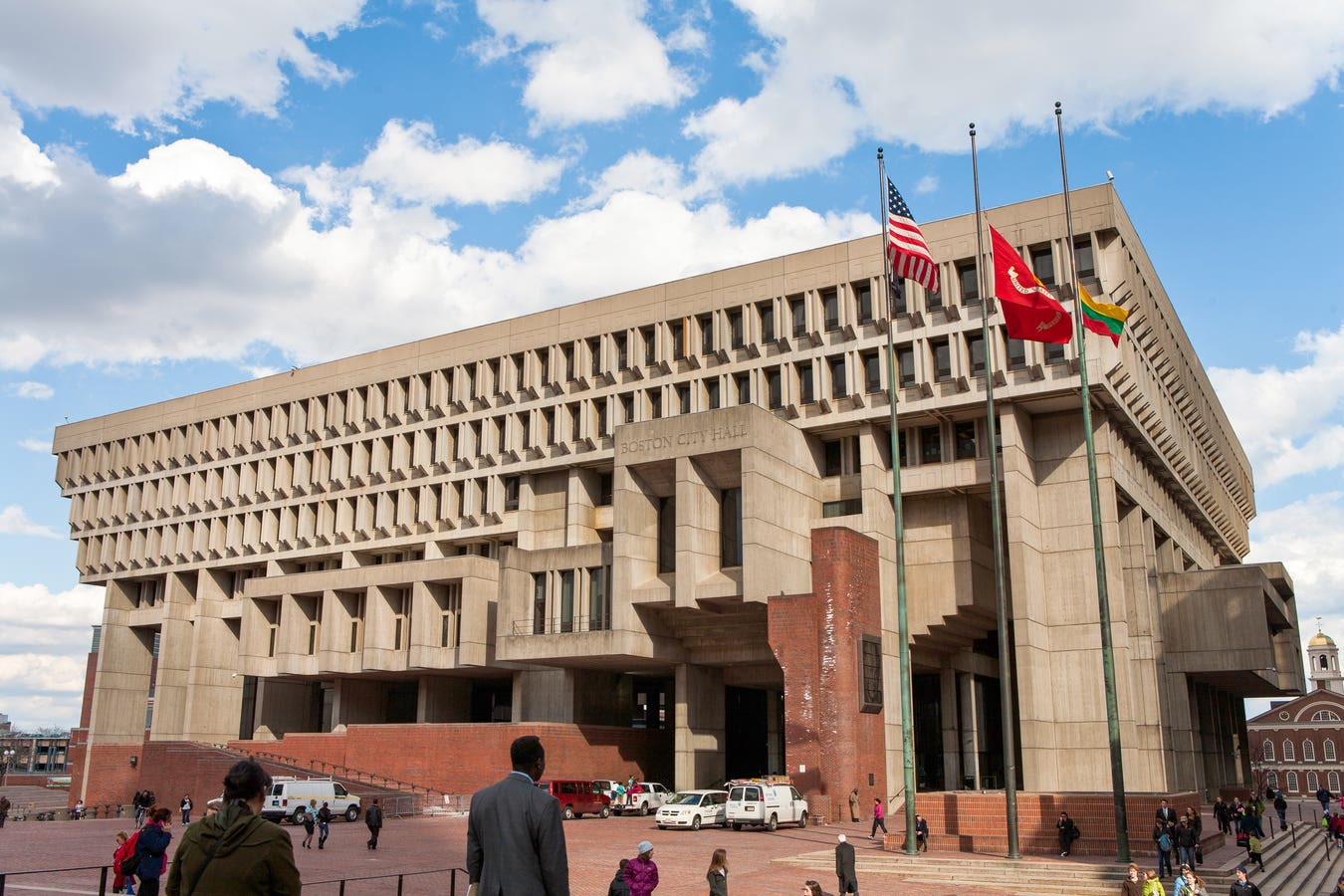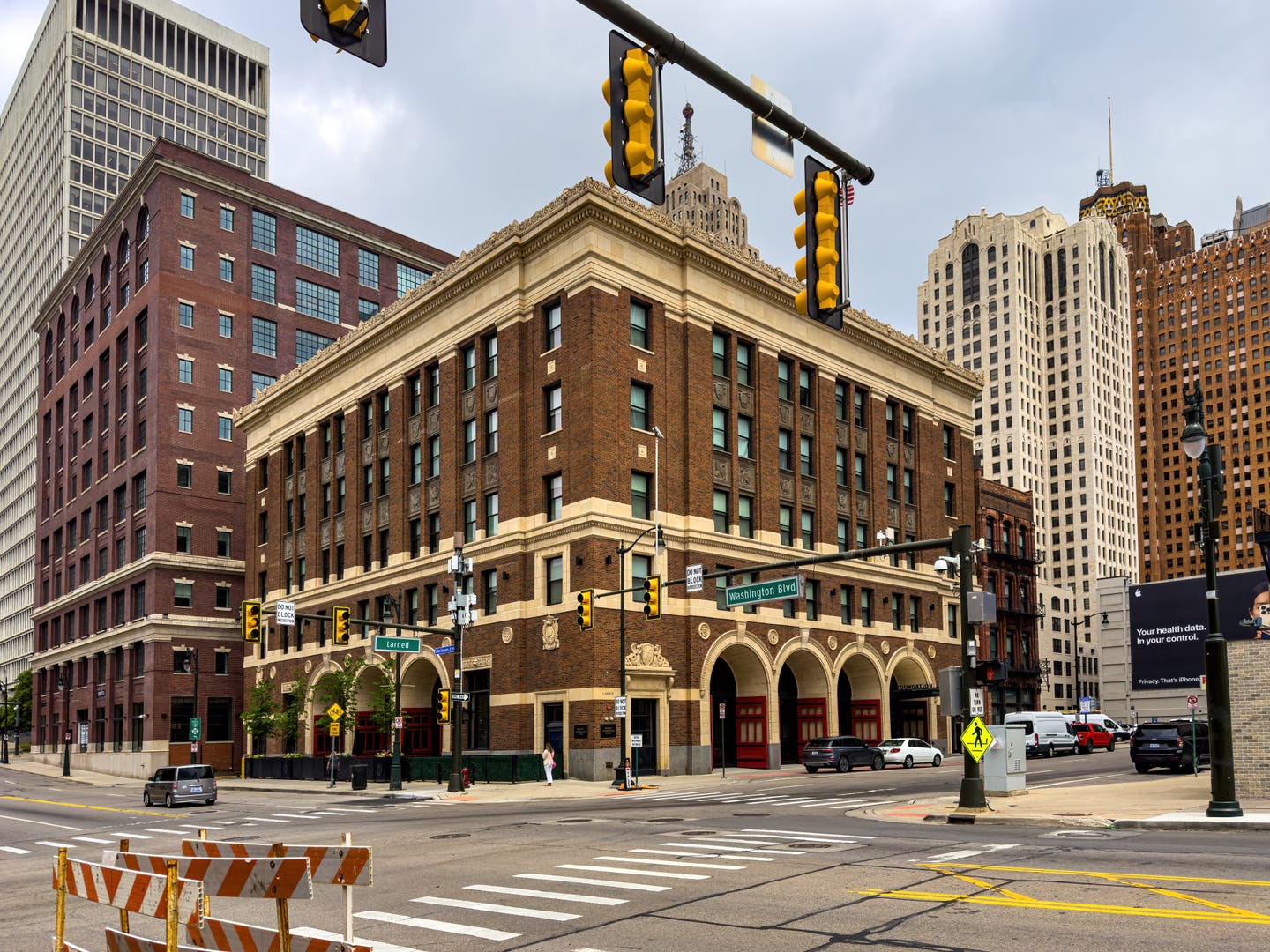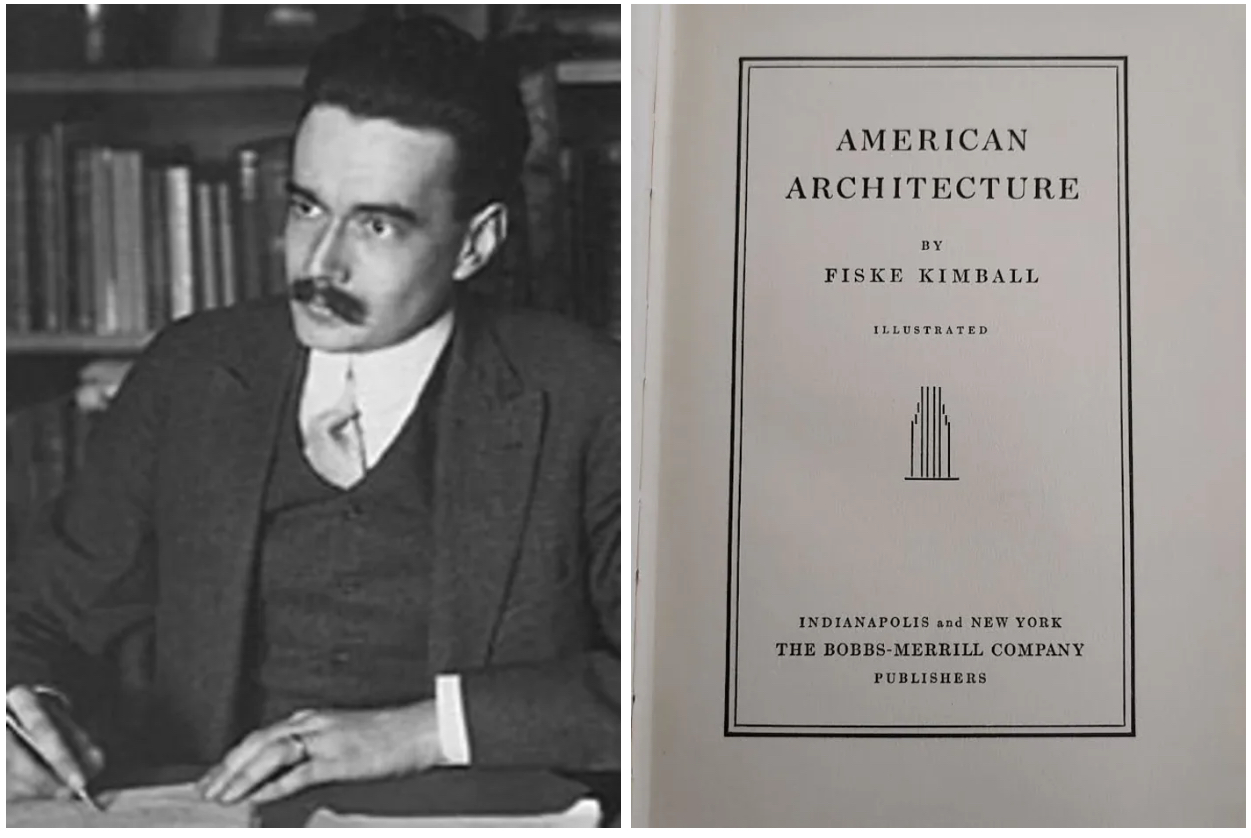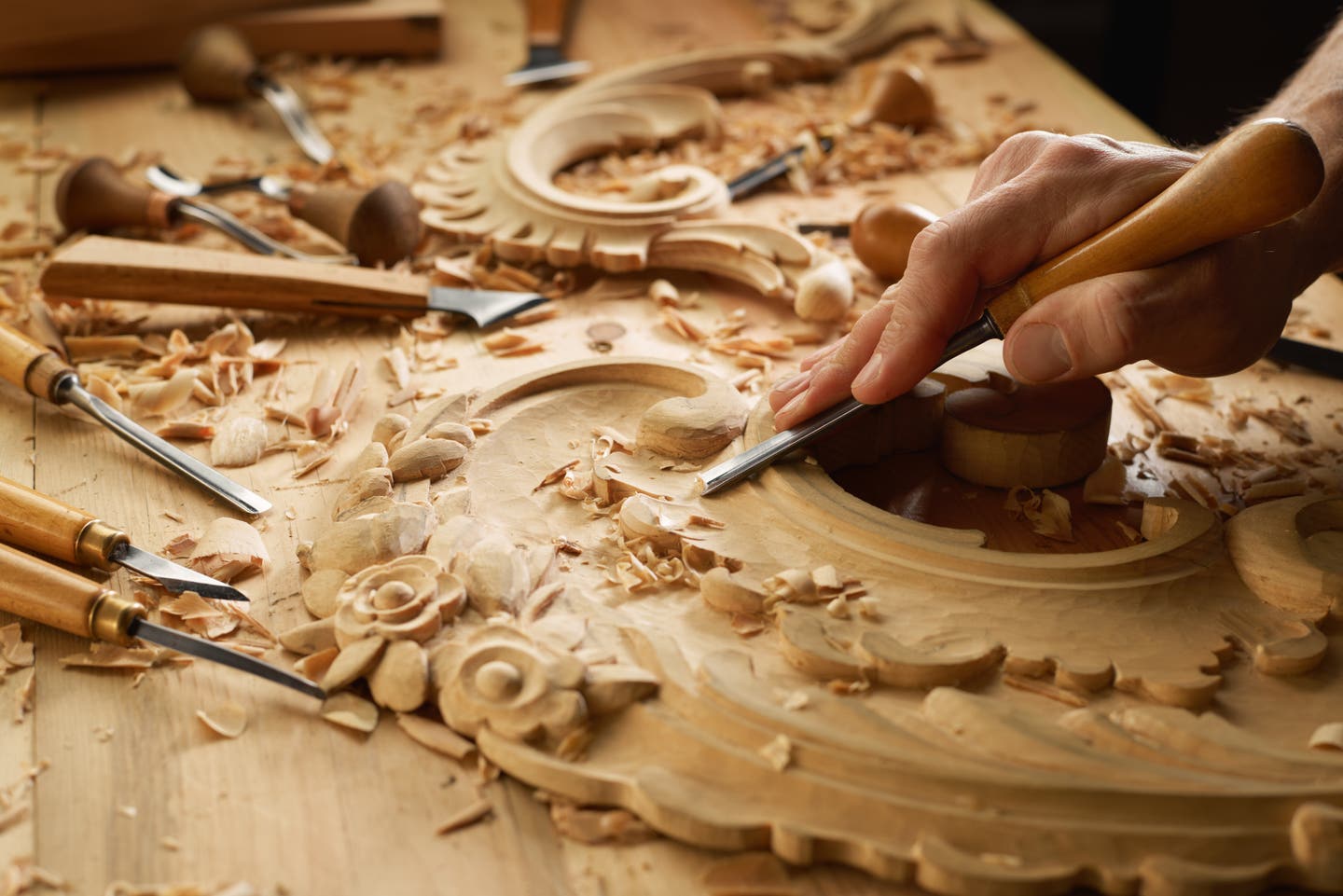
Patrick Webb
From Dust We Come: A Look at Clay
Clay
Clay was undoubtedly the first binder discovered and used to make plasters and earthen, clay-based construction is our oldest continuous building tradition. Clay is superabundant and clay-based products such as roof tiles, pottery and bricks are benefits of clay technology that we almost take for granted. The topsoil in your backyard is likely a mix of organic matter, sand and clay. Having clayey soils is vitally important for most kinds of agriculture. Because of this there is hardly a habitable region of the planet that doesn’t have large, easily accessible clay deposits suitable for construction.
What is perhaps less widely known is where clays originate. Clays form from millions of years of mineral erosion. Mountains break down into boulders, boulders into rocks, rocks into pebbles, sand, silt and eventually, when the silt reaches a certain size of fineness, an amazing transformation occurs. Instead of just being a loose mix, the fine particles manifest an attraction for water and each other at a molecular level. Clay can be thought of less as a material and more of a behavior, the phenomenon of very finely eroded minerals to agglomerate.
Chemistry
Clays can and do form from a wide variety of minerals. The mineral sources most interesting as raw material for plaster are from the silicon dioxide family, examples include granite or feldspar. Fortunately for us these minerals make up more than 60% of the earth’s crust, explaining clay’s wide availability, practically an unlimited resource! When eroded, granites and feldspars form hydrous aluminum silicates having a simplified chemical notation: AlO•2SiO•2HO. This notation helps us to identify the alumina, silica and water components; however, this is not just a mixture. Instead, at a molecular level clay reorganizes itself into a platelet arrangement better described with a formula such as AlSiO(OH).
Manufacture
To convert naturally occurring clay into a binder for plaster requires minimal processing. In many areas clay can be found just a few feet under the topsoil. Manufacture often is simply a matter of harvesting. It is one of the few plasters you can easily and inexpensively make yourself! If your underlying soil has 20% or more clay content it is quite likely a very good candidate for use as a plaster binder. Even if the percentage of clay in the soil is low or has a relatively high silt content usually it can be easily amended with a suitable local soil rich in clay. There are simple, inexpensive tests that yield trustworthy results for determining if a given clay is suitable for plaster or construction more generally.
Clay has many practical uses in many industries including pottery, masonry supply as well as fields related to civil engineering. As a result, clays that have already been tested, dried, sifted, amended if necessary, are readily available for purchase as an inexpensive raw material. Industrial manufacturers of processed clays typically take advantage of the sun in the drying process, resulting in a significantly lower embodied energy and cost than most other construction materials.
Properties & Specifications
One of the most unique characteristics of clay that distinguishes it from other binders such as gypsum or lime is that it has a mechanical set, that is to say it undergoes no chemical change from a wet to a dry plaster. Rather, it simply dries out. The aforementioned platelet structure makes the clay very plastic and workable when wet, just what is needed for a good plaster. However, as the water evaporates from the plaster it becomes rigid. A major and unique benefit of having a mechanical set is that if damaged, clay plasters can be rehydrated and reworked.
Because so much water evaporates out of clay plasters, precautions have to be taken to ensure that the plaster is not overly friable, in other words loose and weakened because of voids. Base coats are typically loaded with aggregates and fibers such as straw to prevent shrinkage. Finish coats will receive a hardening consolidation of the surface by rehydrating slightly and compressing with a trowel.
Clay plasters contribute to a very healthy indoor air quality. As clay has a high degree of permeability it helps to regulate humidity in the air. At as low as 50% relative humidity clay plasters will act as a reservoir, adsorbing excess humidity out of the air and releasing it later as humidity levels in the air diminish. A few years ago I plastered my bathroom with a clay plaster. In winter it was great to take a long, hot shower coming out immediately to shave, the walls adsorbing all of the excess humidity before it could condense on the mirror.
In exterior, earthen plasters have been the most traditional building material around the world and throughout history. Wattle & daub refers to earthen plaster applied over interwoven reed laths, a typical infill for traditional timber framing. Adobe bricks are sun baked clay-based plaster molded masonry units that in turn receive an earthen plaster finish. Cob is similar to adobe; however, damp lumps are unmolded and hand applied. Rammed earth, as the name implies, compresses earthen plaster between forms. Clay plaster’s greatest vulnerability in exterior is erosion which can be accounted for in a building design that includes extended eaves or other means of preventing water from streaming on the façade.
In arid climates having a diurnal cycle of warm sunny days and cool nights, the thickness of earthen construction can be managed to take advantage of its thermal mass. Earthen buildings can slowly absorb the radiant heat of the day, releasing it in the interior of the building during the night. In more humid climates the thickness of the walls can be increased even further creating a highly insulative wall assembly. Earthen wall assemblies combined with smart building placement, natural shading and ventilation can create comfortable living conditions that negate or diminish reliance on mechanical systems, a traditional construction solution that is both economical and ecological.
In our next essay, we’ll delve into gypsum, a plaster binder whose properties are nothing short of magical.
My name is Patrick Webb, I’m a heritage and ornamental plasterer, an educator and an advocate for the specification of natural, historically utilized plasters: clay, lime, gypsum, hydraulic lime in contemporary architectural specification.
I was raised by a father in an Arts & Crafts tradition. Patrick Sr. learned the “decorative” arts of painting, plastering and wall covering as a young man in England. Raising me equated to teaching through working. All of life’s important lessons were considered ones that could be learned from the mediums of tradition and craft. I found myself most drawn to plastering as I considered it the richest of the three aforementioned trades for artistic expression.
This strong paternal influence was tempered by my grandmother, Geraldine Webb, a cultured, traveled, well-educated woman, fluent in several languages. She made a point of instructing her young grandson in Spanish, French, formal etiquette and opened up an entire worldview of history and culture.
After three years attending the University of Texas’ civil engineering program with a focus on mineral compositions, I departed, taking a vow of poverty, living as a religious aesthetic for a period of seven years. This time was devoted to clear reasoning, linguistic studies, examination of world religions, exploration of ethics and aesthetics. It acted as a circuitous path leading back to traditional craft, now imbued with a deeper understanding of interconnection in time and place. I ceased to see craft as simply work or labor for daily bread but among the sacred outward expressions of the divine anifest
within us.
From that time going forward there have been numerous interesting experiences. Among them study of plastering traditions under true masters here in the US as well as in England, Germany, France, Italy and Morocco. Projects have included such high expressions of plasterwork as mouldings, ornament, buon fresco, stuc pierre, sgraffito and tadelakt.
I’ve been privileged to teach for the American College of the Building Arts in Charleston, SC, where I currently reside and for the Institute of Classical Architecture & Art across the US. “Sharing is caring” – such a corny cliché but so true. I hardly know a
thing that hasn’t been practically served to me on a platter. I’m grateful first of all, but now that I might actually know a few things, it becomes my responsibility to be generous as well.



